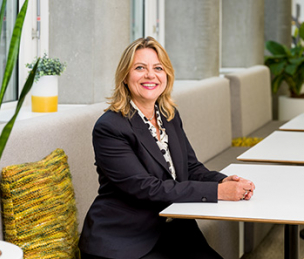Displaying 1 - 3 of 3
-
Goldin-Meadow, S., Ozyurek, A., Sancar, B., & Mylander, C. (2009). Making language around the globe: A cross-linguistic study of homesign in the United States, China, and Turkey. In J. Guo, E. Lieven, N. Budwig, S. Ervin-Tripp, K. Nakamura, & S. Ozcaliskan (
Eds. ), Crosslinguistic approaches to the psychology of language: Research in the tradition of Dan Isaac Slobin (pp. 27-39). New York: Psychology Press. -
Goldin-Meadow, S., Gentner, D., Ozyurek, A., & Gurcanli, O. (2009). Spatial language supports spatial cognition: Evidence from deaf homesigners [abstract]. Cognitive Processing, 10(Suppl. 2), S133-S134.
-
Willems, R. M., Ozyurek, A., & Hagoort, P. (2009). Differential roles for left inferior frontal and superior temporal cortex in multimodal integration of action and language. Neuroimage, 47, 1992-2004. doi:10.1016/j.neuroimage.2009.05.066.
Abstract
Several studies indicate that both posterior superior temporal sulcus/middle temporal gyrus (pSTS/MTG) and left inferior frontal gyrus (LIFG) are involved in integrating information from different modalities. Here we investigated the respective roles of these two areas in integration of action and language information. We exploited the fact that the semantic relationship between language and different forms of action (i.e. co-speech gestures and pantomimes) is radically different. Speech and co-speech gestures are always produced together, and gestures are not unambiguously understood without speech. On the contrary, pantomimes are not necessarily produced together with speech and can be easily understood without speech. We presented speech together with these two types of communicative hand actions in matching or mismatching combinations to manipulate semantic integration load. Left and right pSTS/MTG were only involved in semantic integration of speech and pantomimes. Left IFG on the other hand was involved in integration of speech and co-speech gestures as well as of speech and pantomimes. Effective connectivity analyses showed that depending upon the semantic relationship between language and action, LIFG modulates activation levels in left pSTS.
This suggests that integration in pSTS/MTG involves the matching of two input streams for which there is a relatively stable common object representation, whereas integration in LIFG is better characterized as the on-line construction of a new and unified representation of the input streams. In conclusion, pSTS/MTG and LIFG are differentially involved in multimodal integration, crucially depending upon the semantic relationship between the input streams.Additional information
Supplementary table S1

Share this page